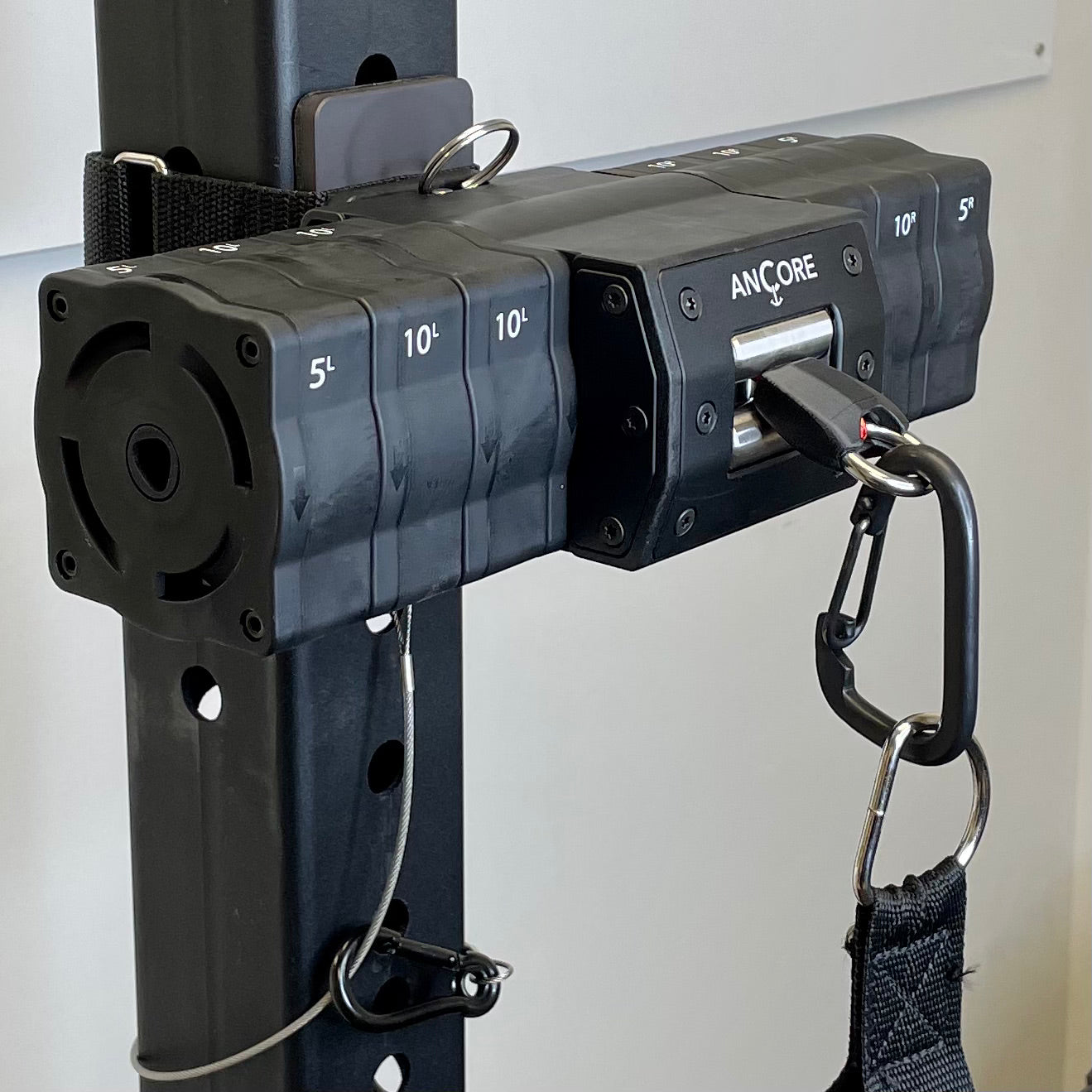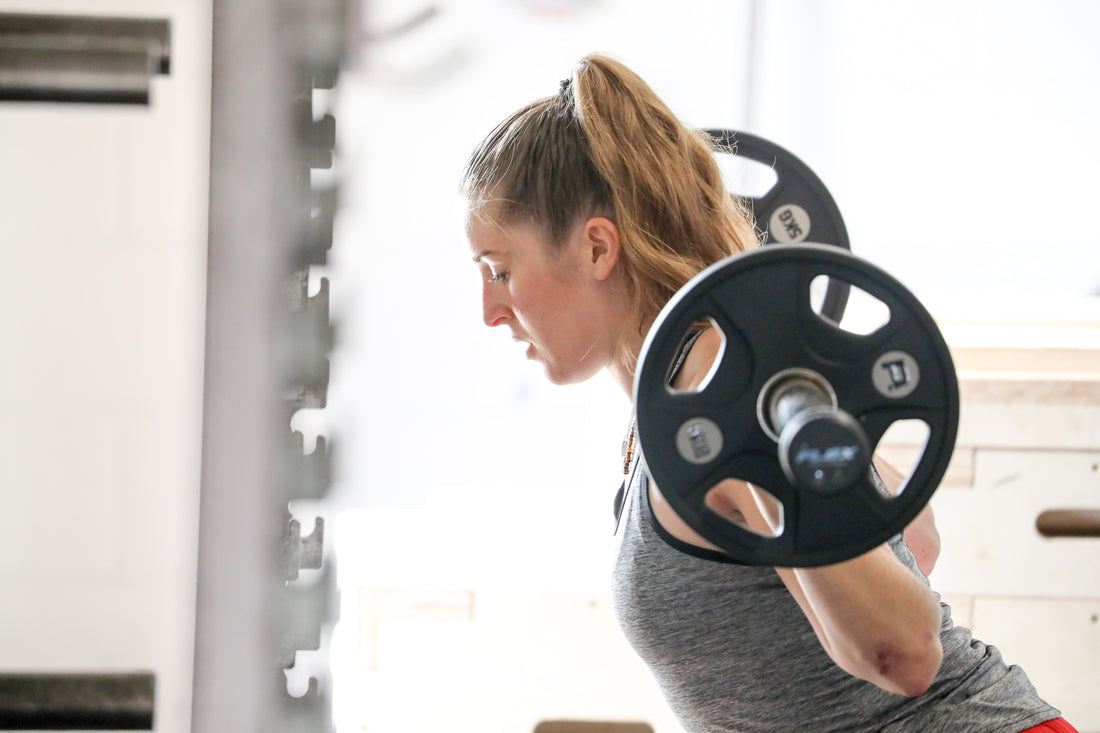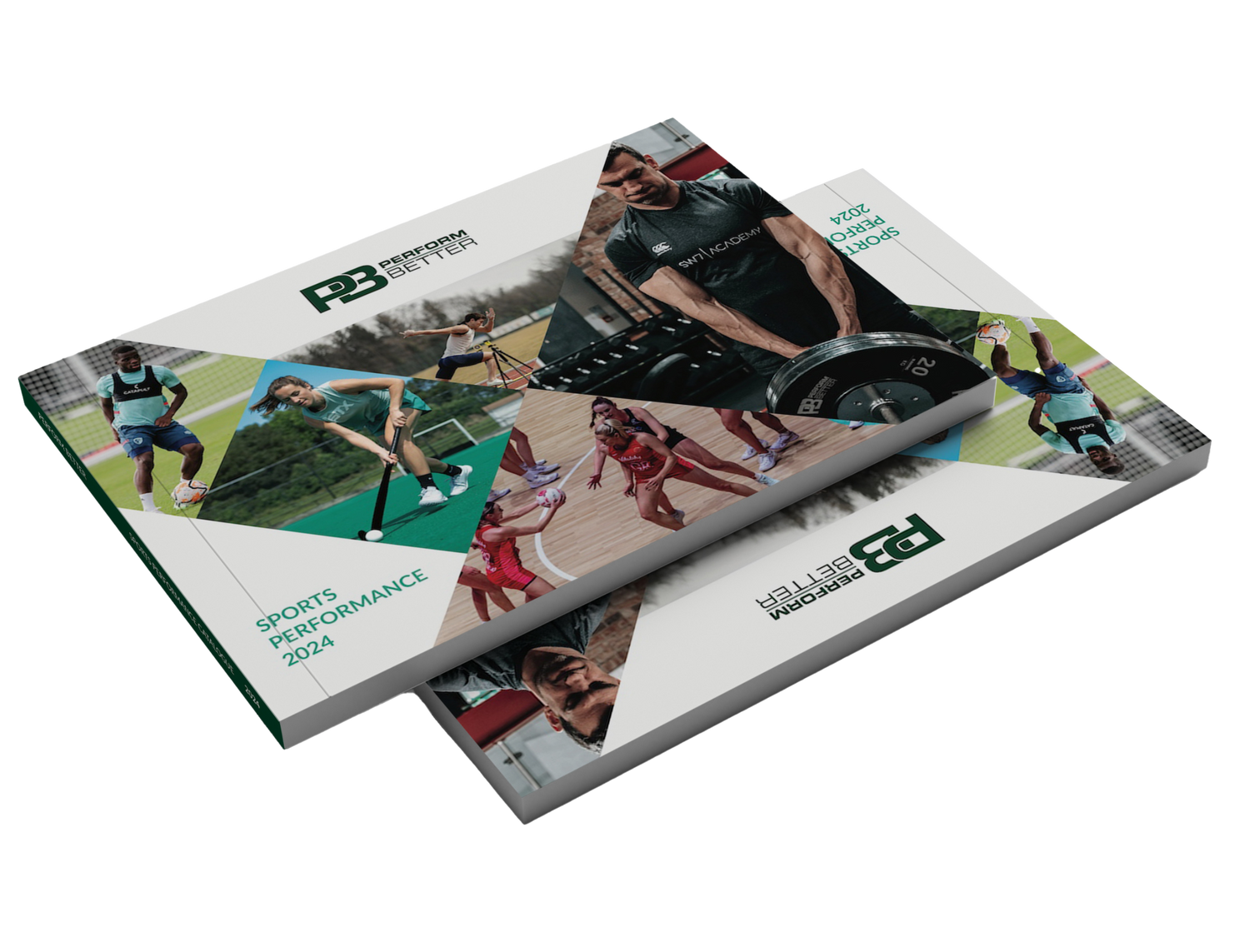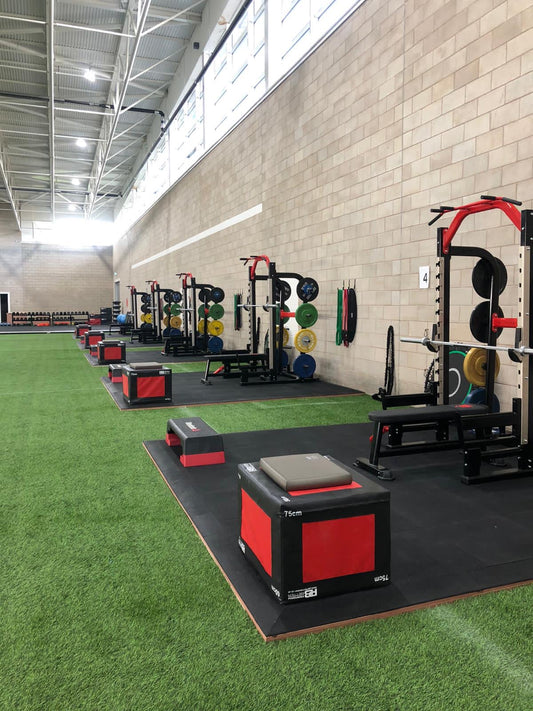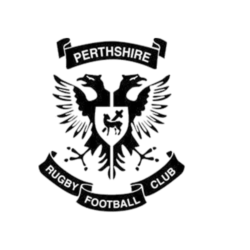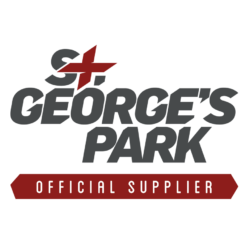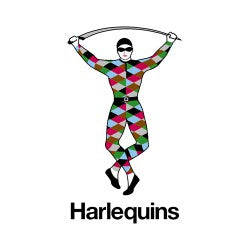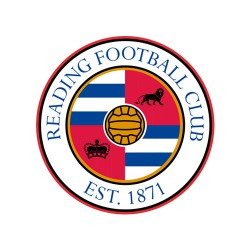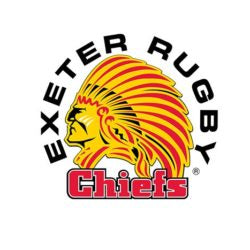Firstly, let me start with a confession. If you had asked me last year what my opinion on VBT was, I would have said that it should be a ‘reward’ for more advanced athletes who have earned the right to use it – “why should novice athletes who just need to consistently train get to use the bells and whistles in the gym?”.
It’s fair to say I have been on a journey with implementing this method and now completely disagree with my previous point of view.
What does VBT measure?
From a pure biomechanics perspective, velocity is the product of distance divided by speed. However, and more importantly to me in my environment is a more practical, behavioural perspective:
Velocity = Distance/Speed x Exercise Selection x Appropriate Loading x Technical Execution x Psychological Intent x Athlete Readiness (and the infinite variables which go into this).
The feedback of VBT provides a tangible metric to the outcome of these variables which can be used to educate athletes, significantly improving the quality of their training. But what I really love about this method, and where things start to become interesting, is how this becomes different for different athletes – a universal yet relative educational tool. Let me explain:
Novice Athletes: Increase confidence - Stimulus meets Feeling
When working with novice athletes, in my experience, their confidence executing or loading a lift is the limiting factor, not their actual force production ability. Over the first year or so of their training, the outcome of their strength development is as much a product of increasing their confidence to load lifts and understand what strength training feels like, as developing their ability to produce force. Enter VBT.
Developing the feeling of strength training takes time. However, with novice athletes, VBT fast tracks this process, helping novice athletes to understand how much more they can lift, understanding what this feels like. Of course, we do not want to create dependency on VBT to provide this, but in my opinion, VBT enhances this process by providing tangible feedback to associate a stimulus to a feeling. Providing an objective measure over a subjective ‘reps short’ fast tracks this process, leading to athletes training to a higher standard earlier – only a good thing.
Intermediate Athletes: Join the Dots
With athletes who have a good training age, the emphasis of their development shifts to improving the quality of their training. Again, Enter VBT.
Much has been discussed around the increased motivation VBT develops, which of course it does. However, when working intermediate athletes, for me, VBT has a greater benefit.
We know that the outcome measure of load on a bar, or height of a jump, whilst important, can at times be crude. That is, simply tracking outcome doesn’t inform us of the kinetics or the process involved. By providing ‘process feedback’, VBT is much more sensitive, insightful, and therefore impactful.
This feedback provides an opportunity to spark a conversation. If an individual’s speed doesn’t hit the required boundary, simply asking “Your speed is ‘X’, why do you think that is?” athletes often inherently know the answer: “I loaded too much, or “I didn’t load enough”, “I'm feeling tired today as I didn’t sleep well last night”, “I'm feeling really good today as I had a good night’s sleep”. If the athlete doesn’t know, this provides a perfect opportunity to explore as to why, improving their education. VBT allows them to join the dots between the process and the outcome. Again, the key here is the tangible and objective measurement of the feedback, rather than the abstract and subjective ‘feeling’ of say ‘2 reps short’. I have found this to be much more impactful when trying to influence and educate athlete behaviour to improve performance.
Advanced Athletes: “The system is the solution”, “feed the cats” & organic individualisation
The paradox of individualisation is that all athletes are trying to achieve the same performance outcome (allowing for position specifics etc) yet starting in a different place, having different strengths and areas to work-on.
To solve this, I’m a big believer in Stu MacMillian’s ‘the system is the solution’. VBT makes applying this concept logistically easier. To explain:
Organic Individualisation

VBT, when combined with ‘framework’ programming, allows individuals to organically individualise their training. It provides another variable to target and helps the athlete achieve the required stimulus from that exercise or session.
To give a specific example; within our rowing club, when working with the athletes within our Men’s coxed 4 in the run into Henley Royal Regatta, which was our top boat at the time, the 4 athletes in that boat all had different strengths:
- Athlete A was velocity dominant.
- Athlete B & C, who happened to be genetically identical, were force dominant.
- Athlete D, whilst fairly Force-Velocity balanced, had an incredible ability to repeat power.
In general, regardless of target zone the athlete was working within:
- Athlete A would prefer to use lighter loads and overload speed.
- Athlete B & C would prefer to overload load, whilst holding the speed (both happened to be genetically identical).
- Athlete D would prefer to hold load and speed whilst overloading repeating efforts.
Athlete D, for example, owing to his aerobic background and ability to repeat efforts, would regularly complete 3x12-15 reps with 100kg Trap Bar Pull within a Strength Speed boundary, blowing out the water all conventical sets & reps schemes – I programmed 3 x 3-5! A Speed Strength exercise quickly became:
3-4 sets of 3+ @ 40-45% within 1.1 – 1.2m/s
Without the feedback of VBT, we would have stuck to a more typical 3 x 3-5, which would not have been enough density for this athlete to adapt. Programming in this manner means with the same exercise/session prescription, each athlete could individualise according to the focus of the session, their force/velocity profile and daily readiness.
Did this work? Of course, it’s not this simple, but this boat produced the most successful season in the club’s history.
About The Author
Will Ruscombe-King is the Lead Strength & Conditioning Coach at the University of Bristol. Having coached sports since the age of 16, Will developed his interest in S&C whilst studying his undergraduate degree at Cardiff Metropolitan University (where he also received his Masters in Strength & Conditioning). Will has a varied background working within football, field hockey and rugby. He currently also works with the English Institute of Sport as a Strength & Conditioning Coach.
Looking for a VBT analysis tool? Why not check out the GymAware systems we have available, including the GymAware RS and Flex.
